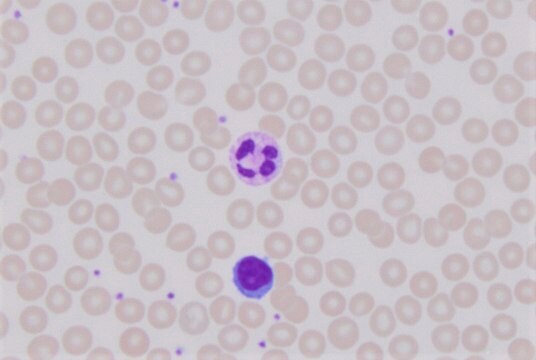MAK039
Acetyl-Coenzyme A Assay Kit
sufficient for 100 fluorometric tests
Sinónimos:
Acetyl-CoA Assay Kit
About This Item
Productos recomendados
uso
sufficient for 100 fluorometric tests
método de detección
fluorometric
enfermedades relevantes
cancer; neurological disorders
temp. de almacenamiento
−20°C
Descripción general
Acetyl-Coenzyme A acts as an indicator of fat, sugar, and protein levels and shows up on the nutritional status. Thus, starvation greatly reduces the level of acetyl-CoA, which stimulates the process of autophagy. In lowered glucose condition, acetyl-CoA participates in the production of ATP. Increased acetyl-CoA levels are observed in prostate cancer due to elevated fatty acid utilization and thus provides an additional energy source for the tumor cell growth. Nutrition deprivation, changes the levels of certain metabolites, including acetyl-CoA, which stimulates epigenetic modifications that would affect the central nervous system.
Aplicación
Idoneidad
Principio
Producto relacionado
Palabra de señalización
Danger
Frases de peligro
Consejos de prudencia
Clasificaciones de peligro
Eye Irrit. 2 - Resp. Sens. 1 - Skin Irrit. 2 - STOT SE 3
Órganos de actuación
Respiratory system
Código de clase de almacenamiento
10 - Combustible liquids
Punto de inflamabilidad (°F)
188.6 °F - closed cup
Punto de inflamabilidad (°C)
87 °C - closed cup
Certificados de análisis (COA)
Busque Certificados de análisis (COA) introduciendo el número de lote del producto. Los números de lote se encuentran en la etiqueta del producto después de las palabras «Lot» o «Batch»
¿Ya tiene este producto?
Encuentre la documentación para los productos que ha comprado recientemente en la Biblioteca de documentos.
Artículos
Sigma-Aldrich presents an article about how proliferatively active cells require both a source of carbon and of nitrogen for the synthesis of macromolecules. Although a large proportion of tumor cells utilize aerobic glycolysis and shunt metabolites away from mitochondrial oxidative phosphorylation, many tumor cells exhibit increased mitochondrial activity.
We presents an article about the Warburg effect, and how it is the enhanced conversion of glucose to lactate observed in tumor cells, even in the presence of normal levels of oxygen. Otto Heinrich Warburg demonstrated in 1924 that cancer cells show an increased dependence on glycolysis to meet their energy needs, regardless of whether they were well-oxygenated or not.
Information on fatty acid synthesis and metabolism in cancer cells. Learn how proliferatively active cells require fatty acids for functions such as membrane generation, protein modification, and bioenergetic requirements. These fatty acids are derived either from dietary sources or are synthesized by the cell.
Nuestro equipo de científicos tiene experiencia en todas las áreas de investigación: Ciencias de la vida, Ciencia de los materiales, Síntesis química, Cromatografía, Analítica y muchas otras.
Póngase en contacto con el Servicio técnico






